Montelupone. Church of San Francesco
2024
Built in the 13th century, it has a Romanesque style exterior and a late Baroque interior, and also houses many works of art.
You may also like
2024
Acquaviva Picena. The Clock Tower
Once a civic tower. It dates back to 1300. Surmounted by a small bell tower, it has been transformed into a clock tower.
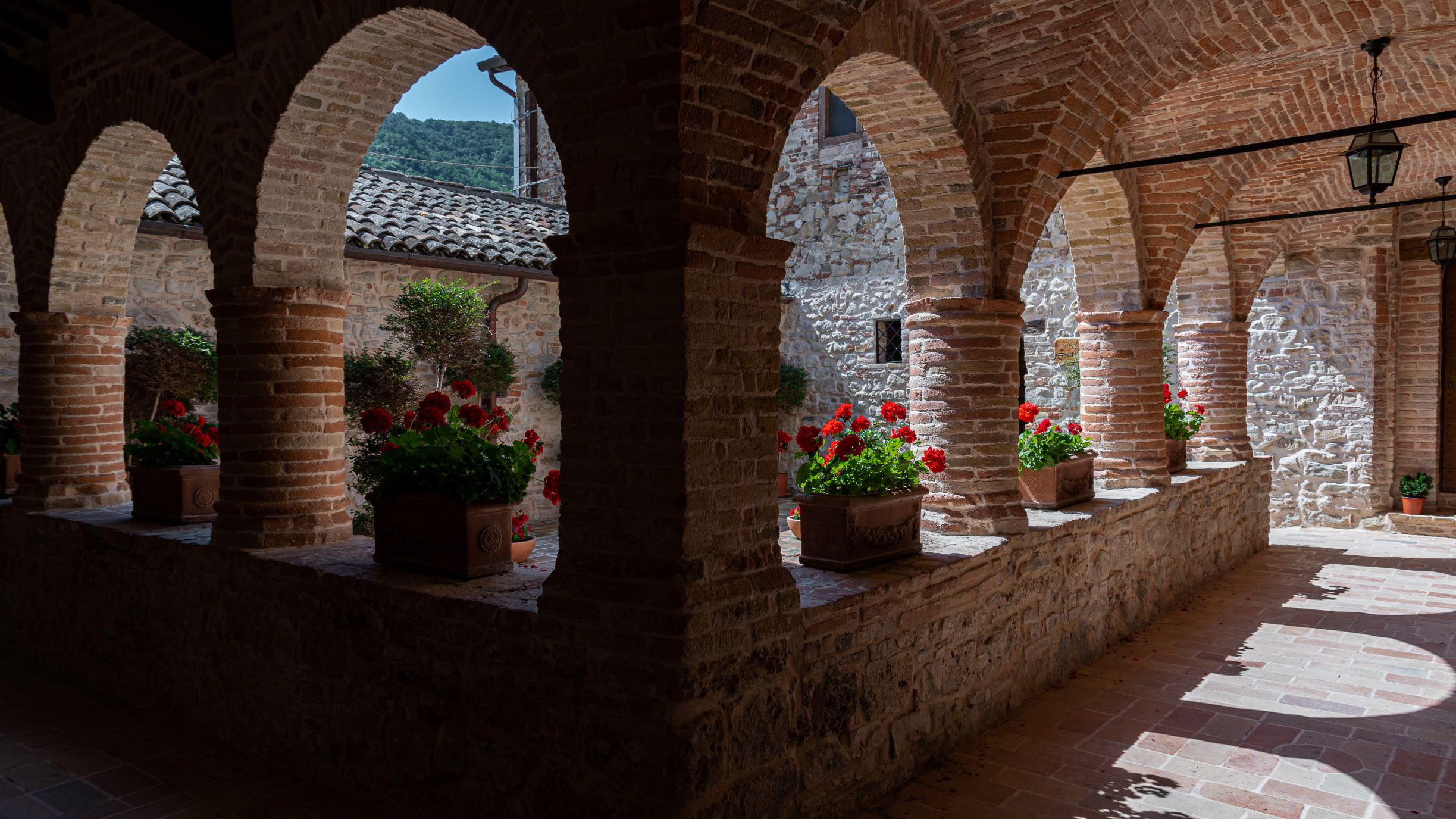
2020
Rotella. Hermitage of San Francesco
In the territory of Poggio Canoso, along the road from Rotella to the Ascension mountain, there is an ancient convent, one of the first Franciscan hermitages built in the region. Tradition has it that it was San Francesco himself, perhaps bringing back everything that was already existing Benedictine, to choose the place that would host his convent and remain there for a night. The convent of Poggio Canoso was suppressed on 18 December 1653. After the uncertainties about its use, the convent finally received the attention it deserved and from 1989 to 2009 it was the seat of the "Meeting Community" of Don Pierino Gelmini. The boys, guests of the center, with precise and assiduous work, managed to restore the church, the cloister and all the ancient Franciscan structures to the splendors of the times of the conventual fathers.
2025
Montedinove. Glimpses bn
Montedinove is an Italian municipality with 442 inhabitants in the province of Ascoli Piceno in the Marche region. The town sits on a hill 561 meters above sea level between the Aso and Tesino valleys, on the slopes of Mount Ascensione. It is part of the Sibillini mountain community. The town, inhabited since the Picene era, welcomed the people of Ascoli seeking refuge from the Lombards in 578. Later, the territory was donated in 1039 by Longinus to the Abbey of Farfa, and it was the people of Farfa who built the fortifications to defend the town. In 1239, the town was besieged by King Enzo but managed to emerge victorious after two years. In 1279, the town became a free municipality, while in 1586, under Pope Sixtus V, it became part of the Presidiato di Montalto. In the following centuries Montedinove followed the fate of the Papal States and Italy.
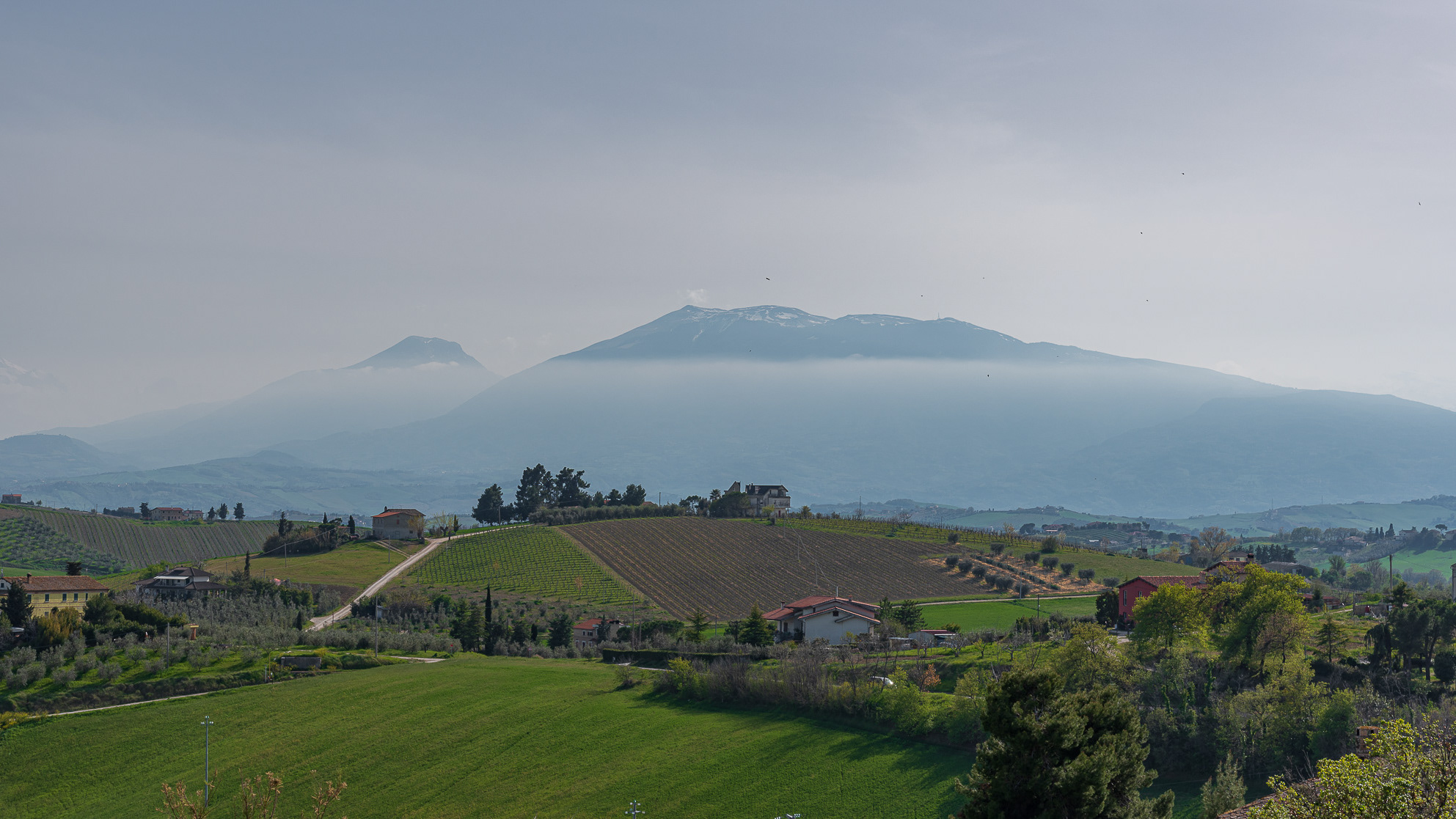
2022
Wonderful view of the Marche hills
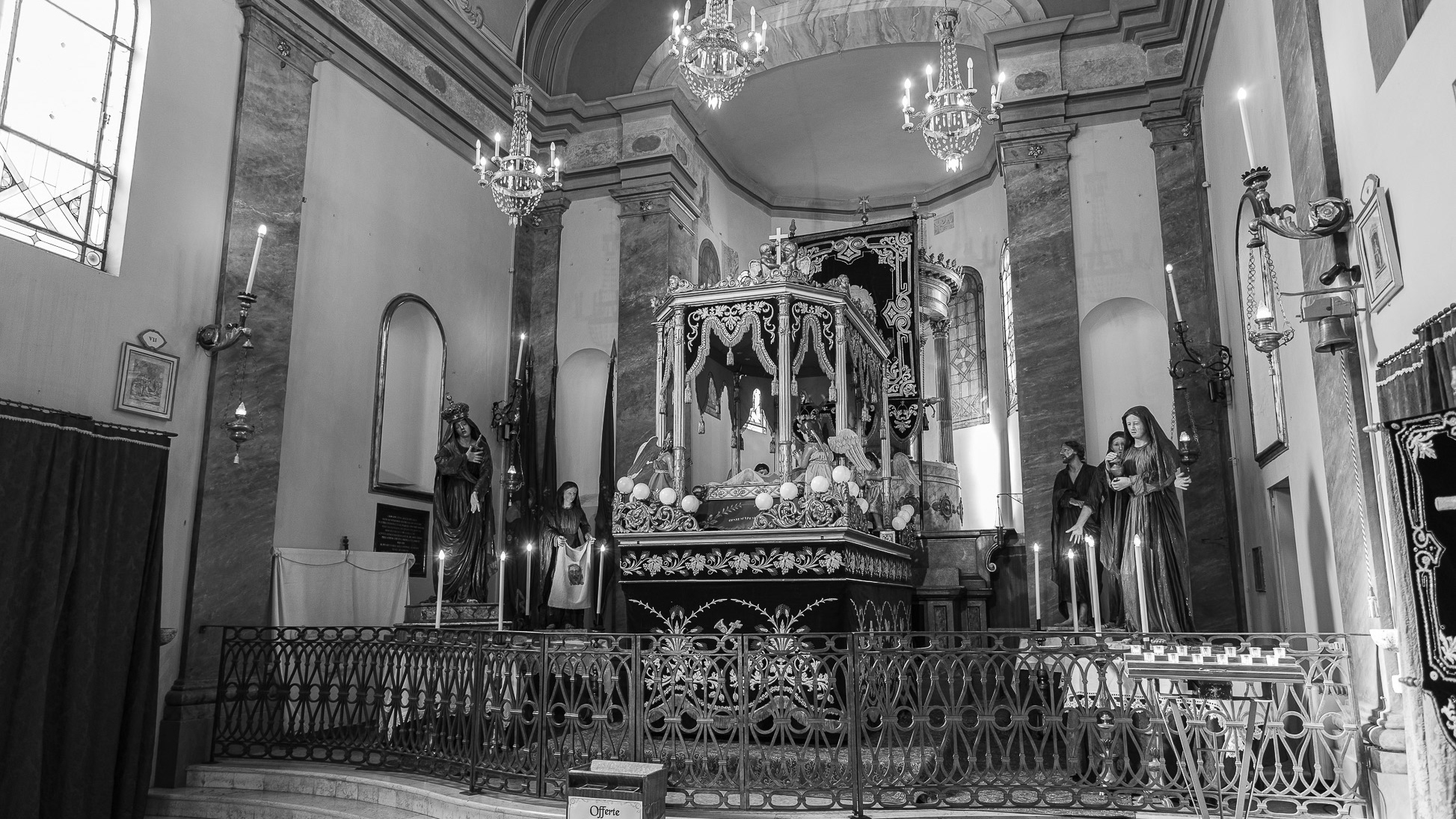
2022
Offida, Ascoli Piceno. The church of the Addolorata
The church of the Addolorata was built in the century XV. The façade is characterized by a portico above which, leaning against the wall, there are two elegant sixteenth-century stone windows. Inside the church there is the "Bara" (as the chariot with canopy where the statue of the Dead Christ is placed) is commonly called, which is triumphantly carried in procession on the evening of Good Friday.
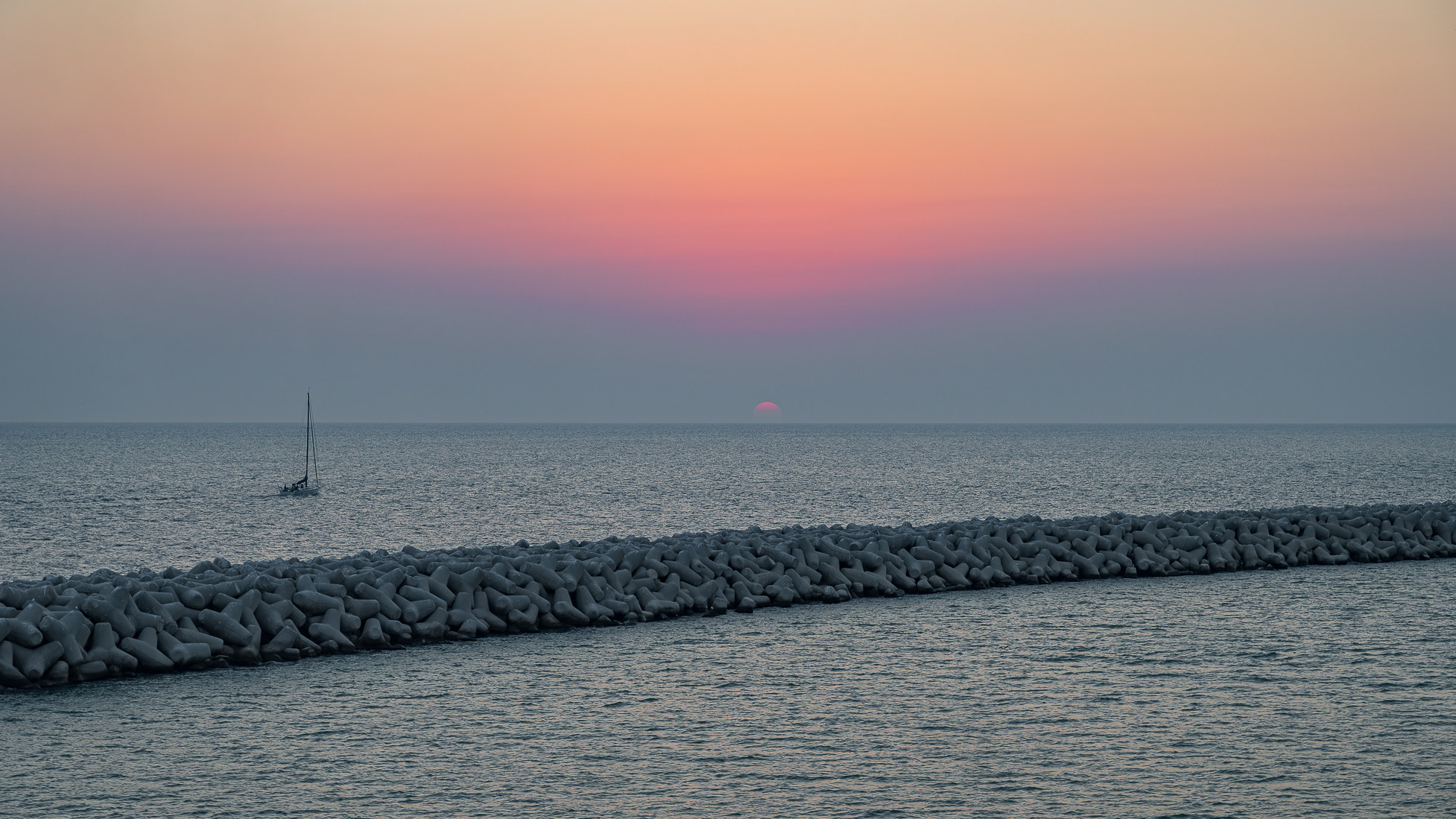
2023
Ancona. Glimpses of summer and sunrise
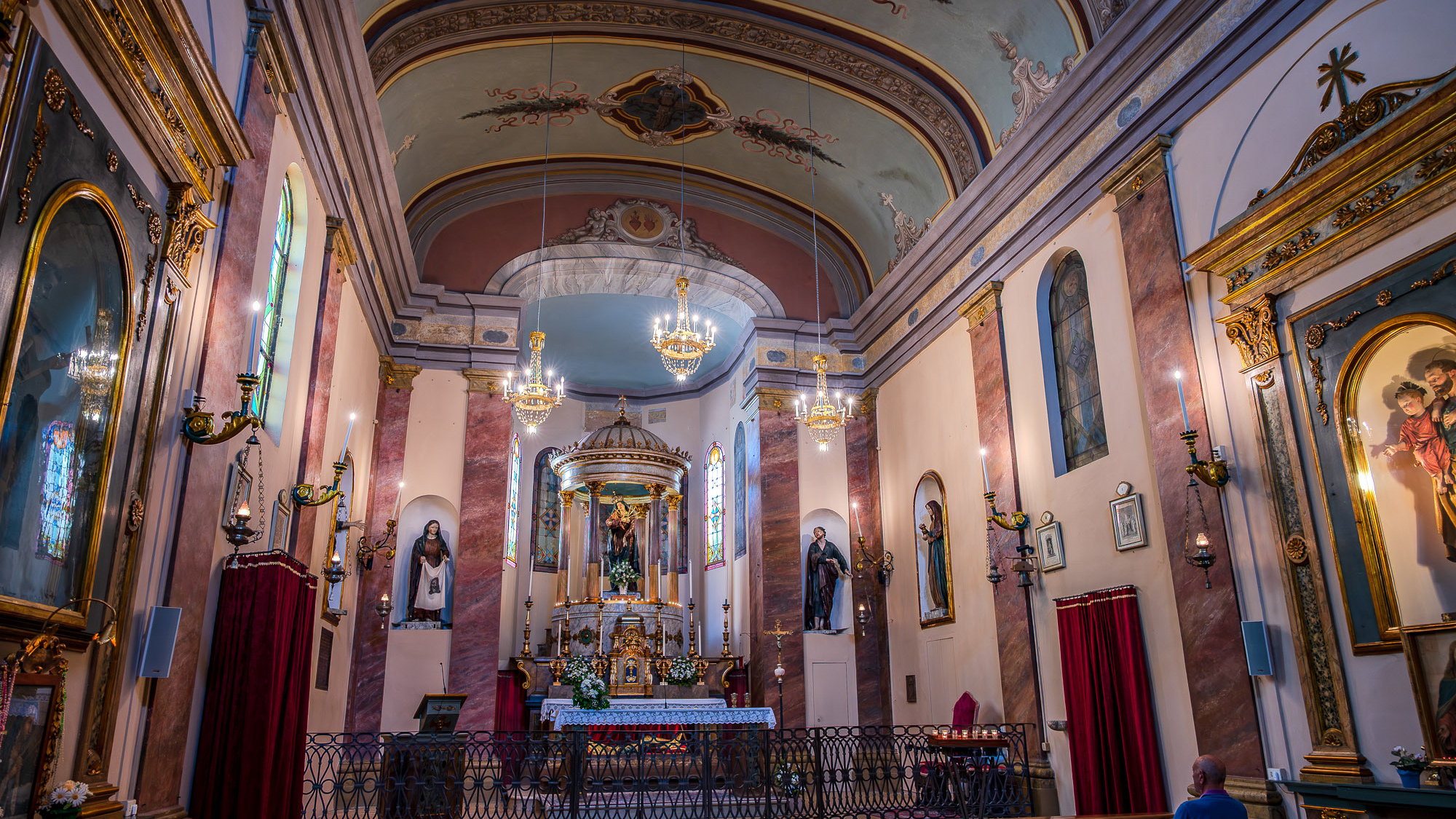
2025
Offida. The church of the Addolorata

2025
Cupra Marittima. View from Marano
2022
Wonderful view of the Marche hills
The Marche, a region of eastern Italy, rises between the Apennine mountains and the Adriatic Sea.
2022
Offida, Ascoli Piceno. Piazza del Popolo, the Town Hall
Town Hall. Built between the 13th and 14th centuries (central crenellated tower). The façade is preceded by a 7-arched portico with an elegant 14-arched loggia raised in the 15th century. Inside there is a small art gallery with works by Pietro Alamanno and Simone de Magistris from Caldarola. In the municipal historical archive there is, among other things, the mutilated parchment cadastre of the fourteenth century with a good 70 parchments in Gothic characters.
